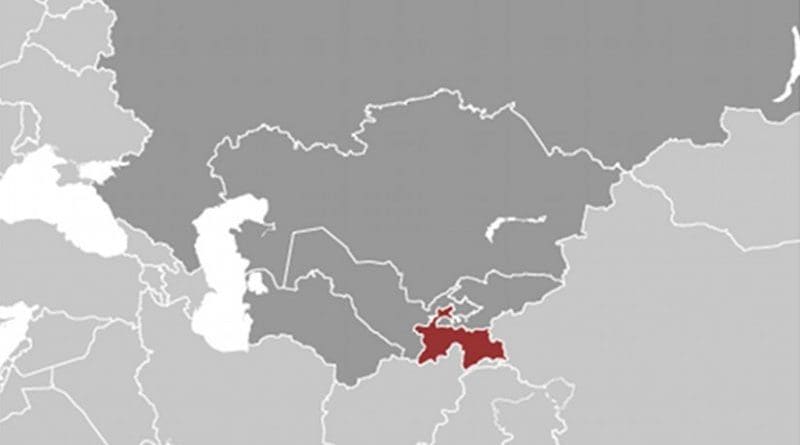Tajikistan: Dushanbe Price Controls Aren’t A Fix For Rampant Inflation
By Eurasianet
Officials in Tajikistan have resorted to price controls in an effort to halt a drastic increase in food costs. But inflation’s upward spiral shows no sign of slowing in the Central Asian nation.
Attempting to set an example that might intimidate others into complying with government cost caps, authorities recently arrested 10 butchers in Dushanbe for price gouging. But the mass arrests do not appear to be having the desired effect. Cedric Charpentier, who works with the United Nations World Food Program (WFP), noted that a strict administrative response to severe inflation often encourages hoarding and stimulates black market activity.
“You can’t tell traders to sell at a subsidized price without a subsidy,” Charpentier told EurasiaNet.org.
Tajikistan’s latest bout with inflation began in April, when a Russian fuel tariff increase began to bite. According to the WFP, average prices for wheat, meat and dairy products have shot up about 30 percent since April. And since Tajik suppliers are purchasing more food from abroad, the value of the local currency, the somoni, is falling. Meanwhile, significantly higher fuel costs are making it more expensive for Tajik farmers to get their produce to market. Tajikistan sources over 90 percent of its petrol products from Russia.
Already home to Central Asia’s highest poverty rate, Tajikistan’s rising prices now threaten to push tens of thousands more Tajiks underwater. “We are all cutting back on everything,” said Fatima Saidova, a Dushanbe mother of four. “Meat is now a luxury. My husband and I eat less, so our children can eat three meals a day.”
Many merchants are also feeling stressed. Alisher, a meat seller at Dushanbe’s Varzob Bazaar, says that police often check prices at the market. “They come here regularly and question us. They have told us to put price lists on our stalls,” he told EurasiaNet.org. “We are making less and less money. With the new price controls I am making just two somoni ($0.44) per kilo I sell. How can I make a living?”
Bakers are facing similar problems. The government sets the price per loaf, but Dushanbe residents say they aren’t getting what they are paying for, complaining the quality has deteriorated as the price of wheat flour has risen.
In April, the World Bank announced that global food prices were 36 percent above their level a year ago. Poor harvests in Russia and Kazakhstan last year, higher transport tariffs for goods passing to Tajikistan through Uzbekistan, and inefficient distribution channels mean that “before the food even reaches Tajikistan, it is too expensive,” said Charpentier, the WFP representative.
The government has tried to soften the blow on Tajik consumers by allocating over $70 million — a considerable sum in a country where state revenue was estimated by the CIA to be $1.48 billion in 2010 – for emergency food programs. But the effort is draining the country of its already scant foreign currency reserves. “The rise in fuel and food prices is increasing the demand for foreign exchange to finance imports, which leads to the somoni depreciation,” explained a Dushanbe-based economist. The economist went on to say that the National Bank is spending its foreign reserves to support the somoni, but that the cash is running out.
With prices rising and Tajiks’ purchasing power falling, malnutrition is a growing problem. “Since the beginning of the year we have seen more and more cases of infant mortality within the first week after birth, mothers dying in childbirth and malformed babies due to malnutrition,” Saidullin Nazarov, a gynecologist at Dushanbe’s Maternity Hospital Number Two, told EurasiaNet.org.
The spring surge of locally grown vegetables is offering some immediate relief. And many say they are cheered by news that a good wheat harvest is anticipated in Kazakhstan, Central Asia’s main supplier of the raw material for flour. But Charpentier warns the worst is not over. “It is not going to look any better until the end of the year. The inflation rate may slow down, but food prices will not return to their previous level,” Charpentier said. “I think in late June, just before the harvest, prices will be at their highest.”
For many Tajik families that is desperate news. “We can barely afford to put food on the table at the moment,” said Saidova, the mother of four.

